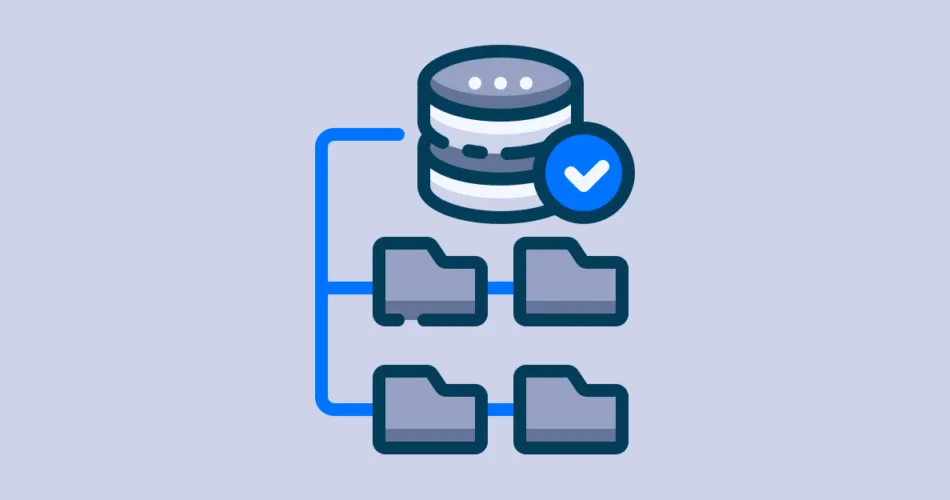Hibernate is a widely-used Object-Relational Mapping (ORM) framework that simplifies database interactions in Java applications. In this guide, we’ll introduce Hibernate and explore key concepts, including entity mapping using annotations and XML configurations.
Introduction to Hibernate
Hibernate is an open-source ORM framework that provides an object-oriented approach to database management. It abstracts the complexities of database interactions, allowing developers to work with Java objects and classes, rather than writing raw SQL queries.
- Key Features of Hibernate:
- Automatic Table Generation: Hibernate can automatically generate database tables based on Java classes, simplifying database setup.
- Object-Relational Mapping: Hibernate maps Java objects to database tables and vice versa, enabling seamless data persistence.
- Query Language: Hibernate Query Language (HQL) allows developers to write database queries using object-oriented syntax.
- Caching: Hibernate provides caching mechanisms to improve application performance.
- Transaction Management: It supports transaction management, ensuring data integrity.
Entity Mapping with Annotations and XML
One of Hibernate’s core tasks is mapping Java entities to database tables. This mapping defines how Java classes and their properties correspond to database tables and columns.
- Entity Classes: In Hibernate, entity classes embody objects that require persistence in the database.
- These classes are annotated with
@Entityto indicate their persistence. - Annotations: Hibernate provides a range of annotations to specify mappings. For example,
@Iddesignates the primary key,@Columnmaps a field to a database column, and@OneToManyestablishes one-to-many relationships. - XML Configuration: Alternatively, you can define Hibernate mappings in XML files. This approach provides flexibility and permits mapping changes without Java code alterations.
- Mapping Relationships: Hibernate supports various relationship types, including one-to-one, one-to-many, many-to-one, and many-to-many. Developers define these relationships using annotations or XML configurations.
By using Hibernate’s mapping techniques, developers can seamlessly persist and retrieve Java objects in a relational database. This abstraction simplifies data management and enhances code maintainability.
Subscribe to our email newsletter to get the latest posts delivered right to your email.


Comments